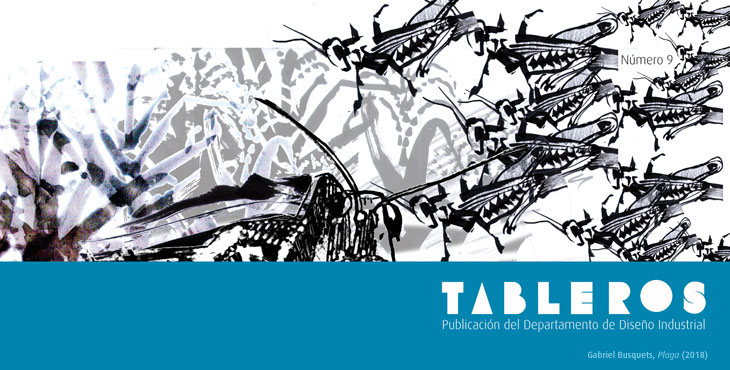Nuevas modalidades de enseñanza en Diseño Industrial. Curso de ingreso 2018
Keywords:
Educación, diseño, nuevas prácticasAbstract
La enseñanza del diseño debe reverse y actualizarse con relación a las nuevas generaciones y a sus conocimientos previos. Como grupo de docentes buscamos propiciar nuevos contenidos y formas de construir saberes, específicamente, después de haber participado en diferentes cátedras de la carrera de Diseño Industrial, como estudiantes y como docentes. En este sentido, luego de haber sido docentes en el curso de ingreso de Diseño Industrial en los últimos años buscamos generar las críticas y explicar cambios pedagógicos introducidos en el curso de este año.Downloads
References
Litwin, E. (1997). Las configuraciones didácticas. Una nueva agenda para la enseñanza superior. Buenos Aires, Argentina: Paidós.
Terigi, F. (2013). Qué debe saber un docentes y por qué. Buenos Aires, Argentina: Santillana.
Vilchis, L. C. (2002). Metodología del diseño. Fundamentos teóricos. Ciudad de México, México: Claves Latinoamericanas.
Downloads
Published
How to Cite
Issue
Section
License
The acceptance of the manuscript by the magazine means the non-exclusive cession of the property rights of the authors in favour of the editor, who allows the reuse, after publication (post print), under a license Attribution-NonCommercial-NoDerivatives 4.0 International.
According to these terms, the material can be copied and redistributed by any means or in any format as long as a) the author and original source of the publication are quoted (magazine and URL of the work), access to the license is provided and whether changes have been made is mentioned; and b) the material is not used for commercial purposes.
The cession of non-exclusive rights means that after the publication (post print) in Tableros the authors can publish their work in any language, means and format; in such cases it must be mentioned that the material was originally published in this magazine. Such cession also means the authorization of the authors for the work to be collected by SEDICI, the institutional archive of the Universidad Nacional de La Plata, and to be spread in the databases that the editorial team considers appropriate to increase the visibility of the publication and its authors.
Moreover, the magazine encourages the authors to deposit their productions in other institutional and thematic archives under the principle that offering the society the scientific and academic production without any restrictions contributes to a greater exchange of the global knowledge.























